When Style Turned Deadly: 10 Shocking Fashion Trends From The Past That Were Actually Dangerous
Throughout history, the obsession to appear attractive has led people to adopt some unusual—and sometimes extreme—beauty practices.
In Ancient Greece, soot was used as an early form of mascara, darkening and thickening lashes to create a more defined and alluring gaze.
Similarly, from the 16th to early 20th centuries, women wore corsets so tight that they constricted their breathing and reshaped their bodies to achieve the coveted hourglass figure.
These examples show just how far people have been willing to go to meet society’s ever-changing beauty standards.
1. Stiff collars
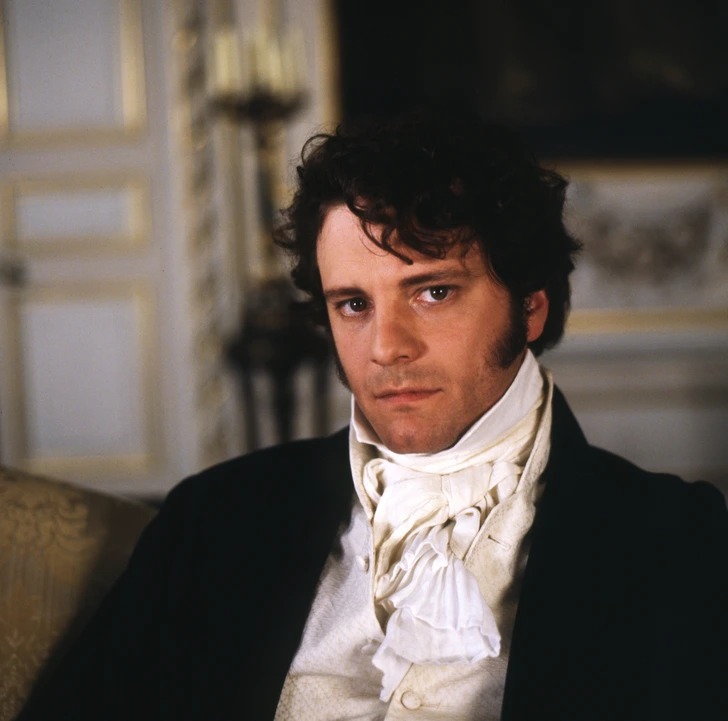
In the nineteenth century, men’s fashion took a daring turn with the rise of stiff, narrow collars nicknamed “father killers.” These collars were more than just a fashion statement—they were a real danger.
Starched to an extreme, they could press so tightly against the neck that they cut off blood flow, causing fainting or even strangulation.
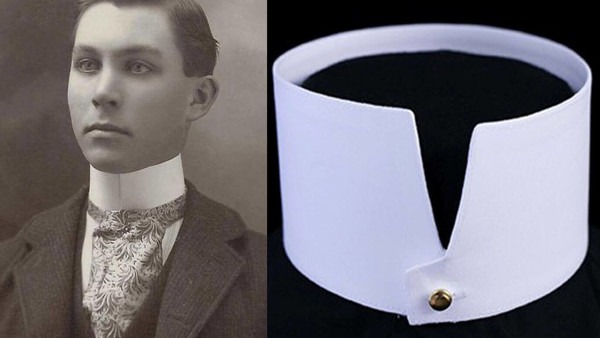
Despite the life-threatening risks, these collars were still a must-have for any gentleman who wanted to look powerful and respectable.
2. Chopines
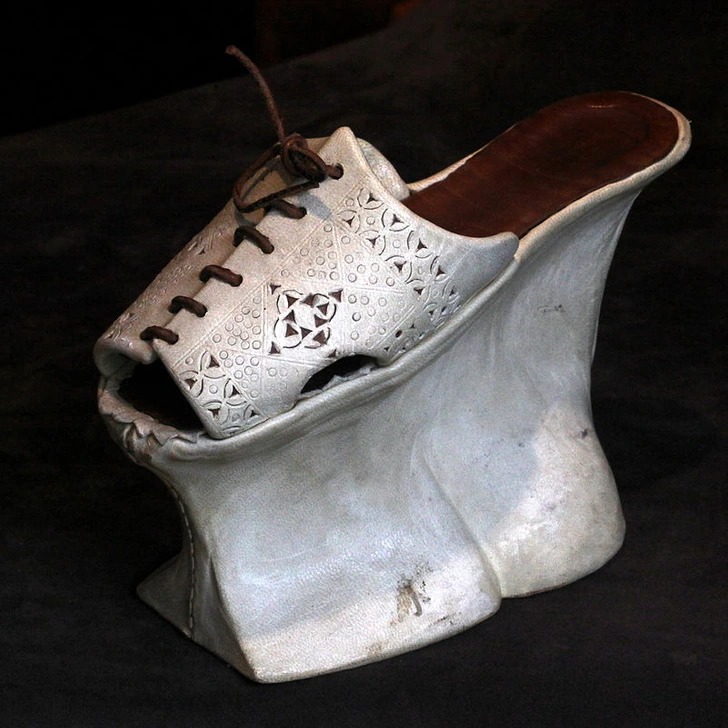
Chopines were the ultimate high-rise fashion in 16th and 17th-century Venice, taking platform shoes to new heights—literally.
These towering shoes weren’t just about style; they were all about status. The taller the chopines, the more prestigious the woman, with some reaching dizzying heights of up to 20 inches!
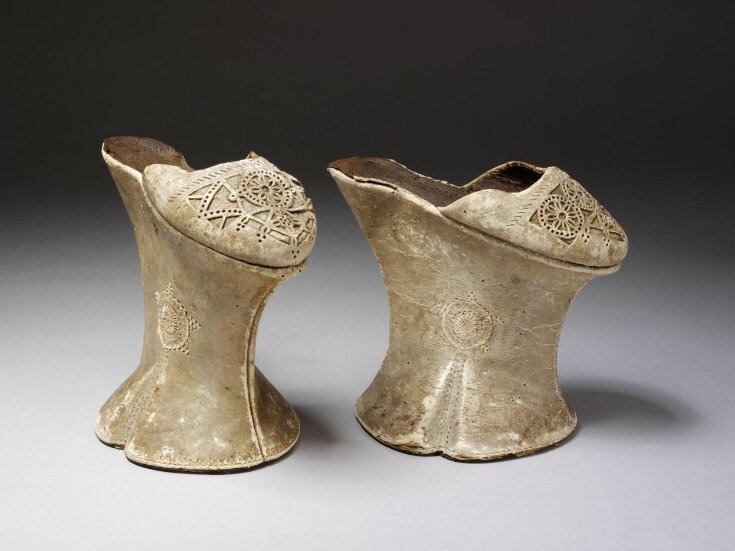
But strutting in these sky-high shoes was no easy feat—ladies needed help from servants just to walk. Beyond the glamour, chopines also served a practical purpose, keeping women’s dresses safely above the dirty streets.
Still, mastering the art of walking in them was tricky, and many women took quite a tumble.
3. Green dresses
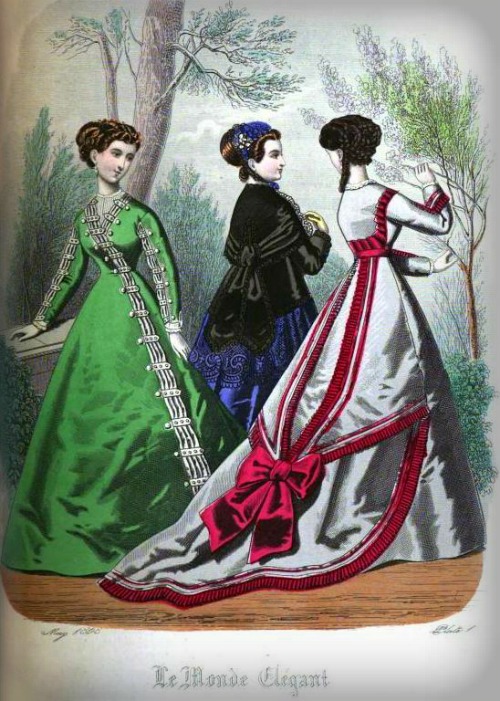
In the eighteenth century, vibrant emerald green dresses became the height of fashion, all thanks to Carl Wilhelm Scheele’s discovery of a stunning new pigment made from copper and arsenic.
This brilliant green quickly spread beyond clothing, coloring everything from wallpaper to children’s toys. However, the beauty of this color came with a deadly secret—it was highly toxic. Women who flaunted these emerald hues often suffered from headaches, nausea, and even hair loss.
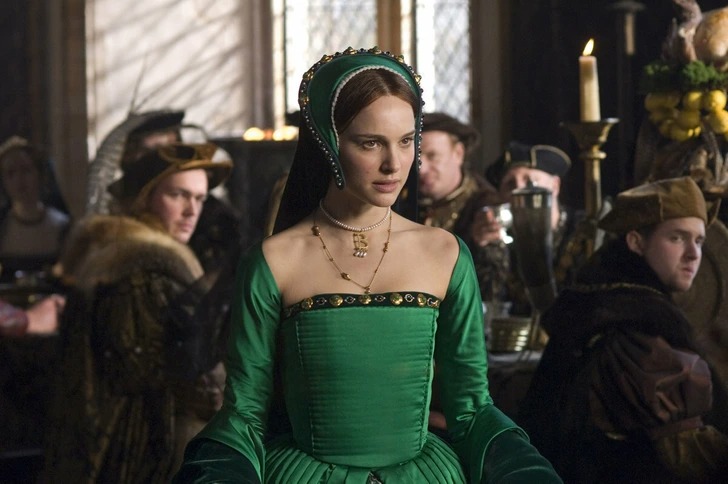
The pigment was so dangerous that it’s believed to have played a role in the deaths of several people, including Napoleon Bonaparte, who was surrounded by arsenic-laced wallpaper during his exile.
This deadly shade of green left a lasting mark, reminding us that sometimes, beauty really does come at a price.
4. Crinolines
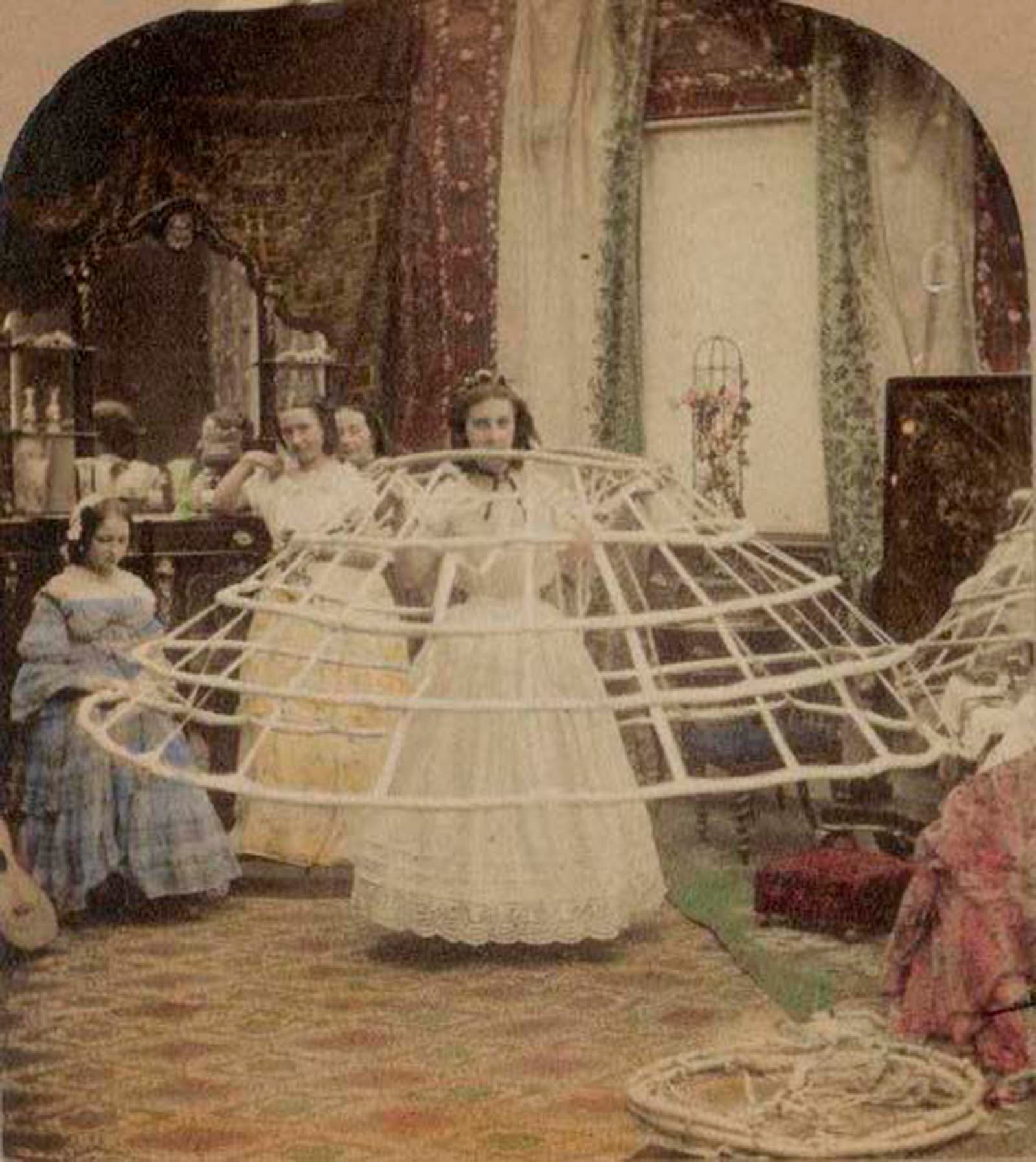
Crinolines were the epitome of mid-nineteenth-century fashion, giving women the coveted bell-shaped silhouette. Made of horsehair and steel, these cage-like petticoats could span several feet in diameter, making them quite cumbersome.
The sheer size of crinolines led to all sorts of mishaps—women got stuck in doorways, struggled to squeeze into carriages, and, in the worst cases, even caught on fire if they stood too close to an open flame.
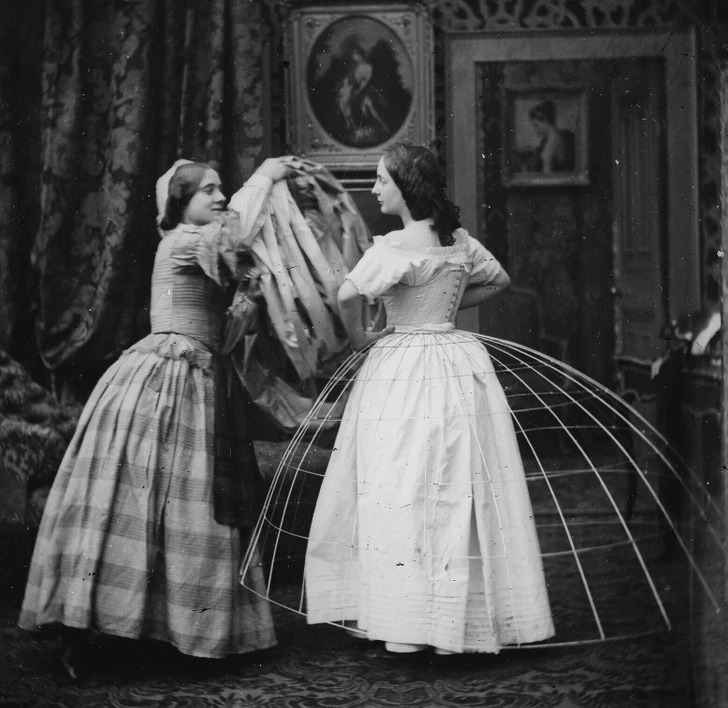
Yet crinolines remained wildly popular as a symbol of wealth and sophistication. Their voluminous design also sent a clear message: a woman wearing one was delicate, untouchable, and literally kept at arm’s length from those around her.
5. Rags for missing teeth
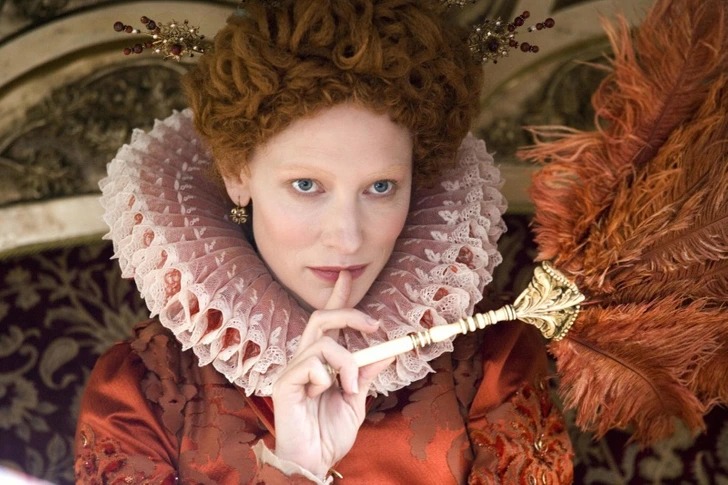
In the Elizabethan era, dental care was far from advanced, and tooth decay was a common problem—even for royalty.
Queen Elizabeth I, who suffered from severe tooth decay, came up with a clever trick to keep up appearances. She would stuff rags in her cheeks to give the illusion of a full set of teeth, a tactic especially useful during public events and portrait sittings.
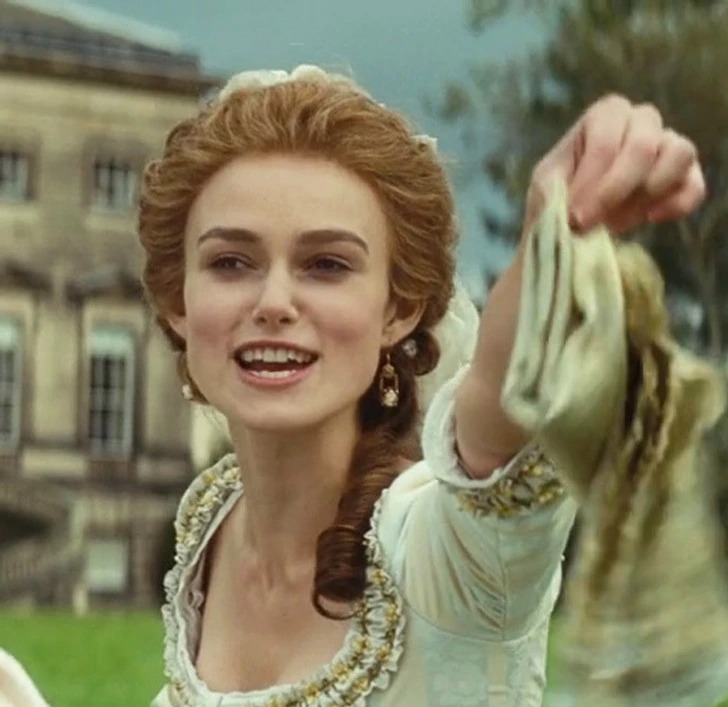
Her dental issues were so bad that they affected her speech, causing her to shy away from lengthy conversations.
Yet, despite these challenges, the Queen’s inventive solution helped her maintain the image of a powerful and dignified ruler, keeping her regal facade intact.
6. Celluloid combs
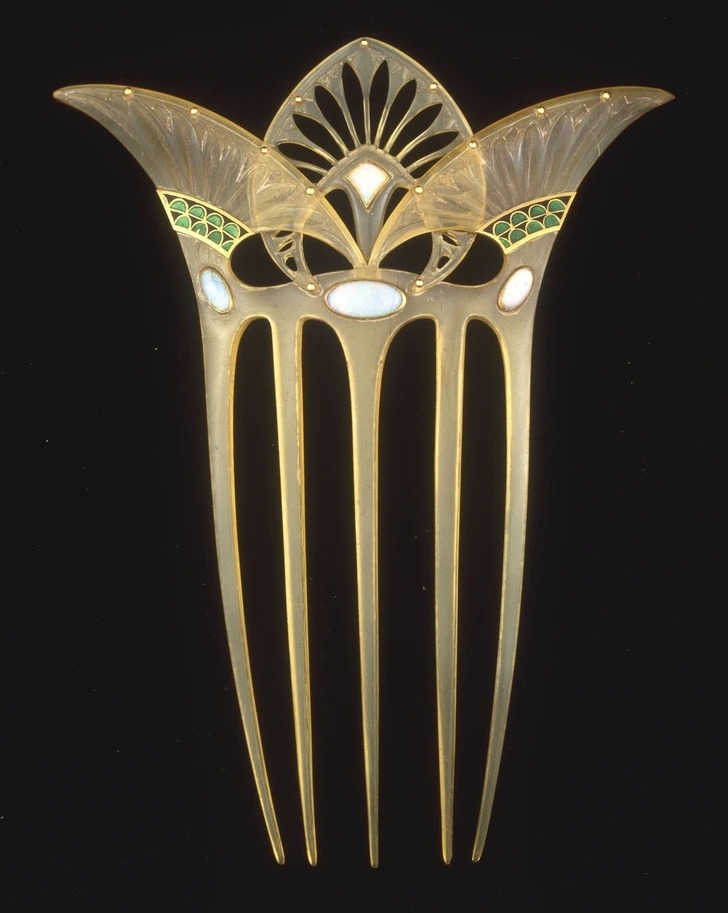
In the early 20th century, celluloid combs became a fashionable and affordable accessory for women. However, celluloid is highly flammable, and these combs could easily catch fire if left in direct sunlight or near a heat source.
There were reports of combs spontaneously igniting, causing burns and even fatalities.
Despite these dangers, the combs were popular because they mimicked the appearance of more expensive tortoiseshell or ivory combs, making them a symbol of style and status among the working class.
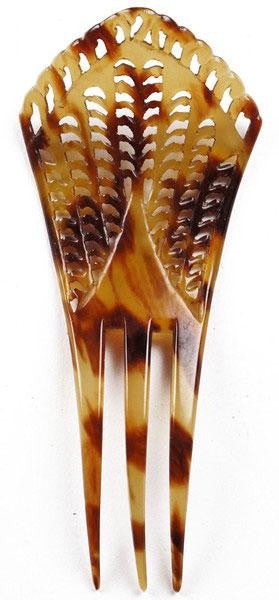
The dangers of celluloid eventually led to stricter safety regulations and the development of safer materials.
7. Fontange hairstyles
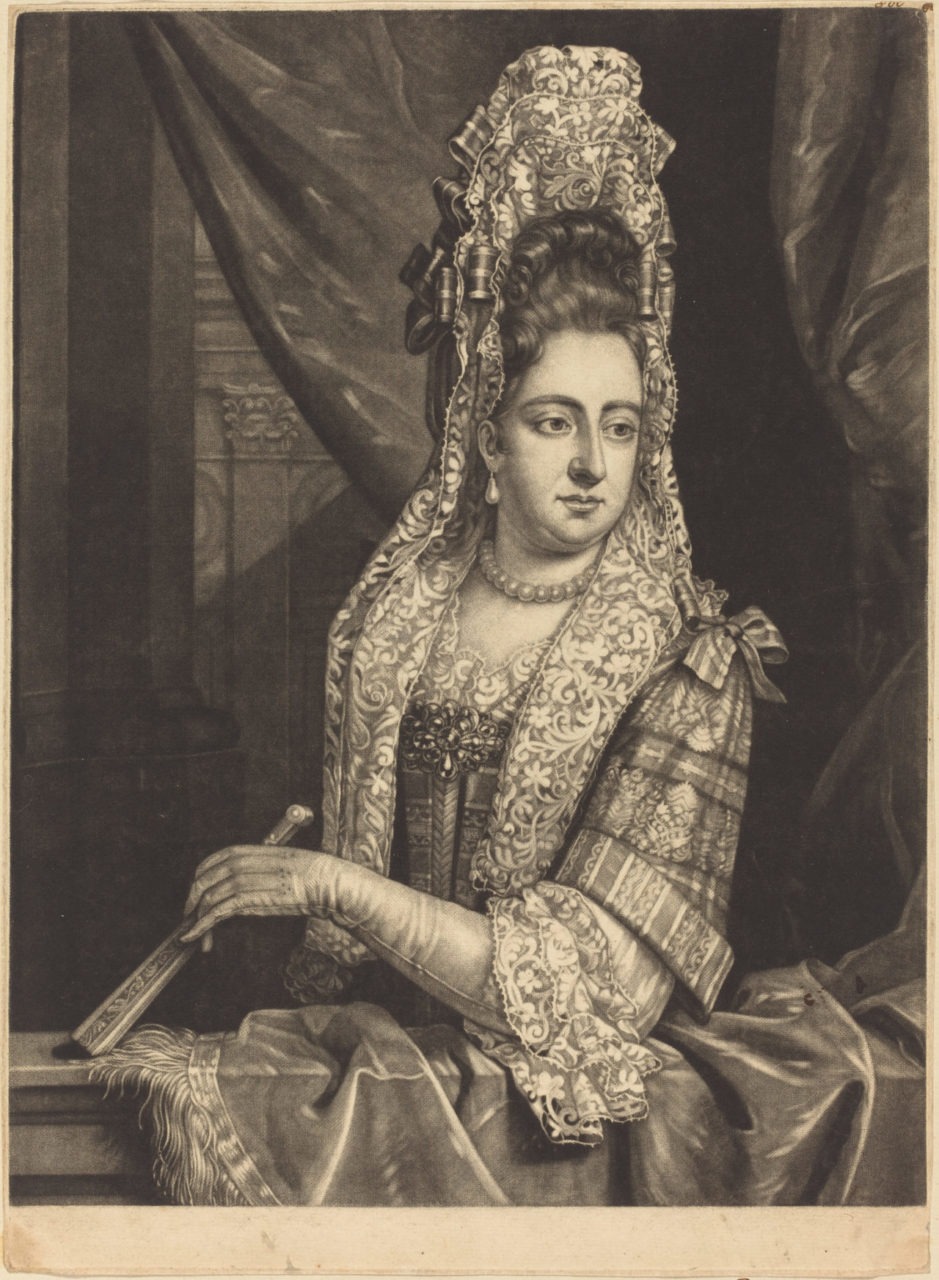
The Fontange hairstyle, popular in late seventeenth and early eighteenth-century France, was an elaborate and towering creation involving layers of curls, ribbons, and lace.
It is said to have originated when the Duchess of Fontanges, a mistress of King Louis XIV, tied her hair up in a ribbon after it fell loose during a hunt, sparking a trend.
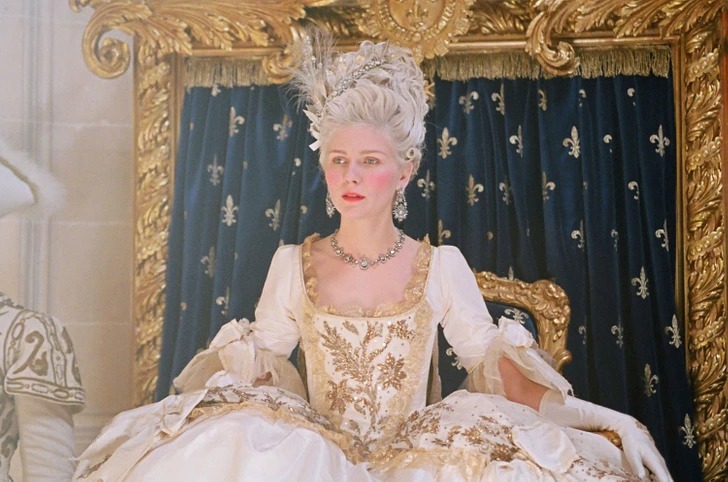
To keep these hairstyles intact, women would apply egg yolks as a form of hair gel, which unfortunately led to unpleasant odors as the eggs spoiled.
The height of these hairstyles became a symbol of status and wealth, but maintaining them was so cumbersome that women had to sleep sitting up to avoid crushing their elaborate coiffures.
8. Poisonous shoes

Nitrobenzene, a sweet-smelling but toxic chemical, was commonly used in the 19th century to polish shoes, giving them a glossy finish. This toxic chemical, often marketed under harmless-sounding names like “almond oil,” was widely used despite its dangers.
Absorbed through the skin or inhaled, nitrobenzene could cause headaches, dizziness, and even severe respiratory failure.
Yet, its effectiveness and pleasant aroma kept it in circulation for years. It wasn’t until much later that the full extent of its toxicity was realized, eventually leading to its ban on consumer products.
9. Big hats with pins
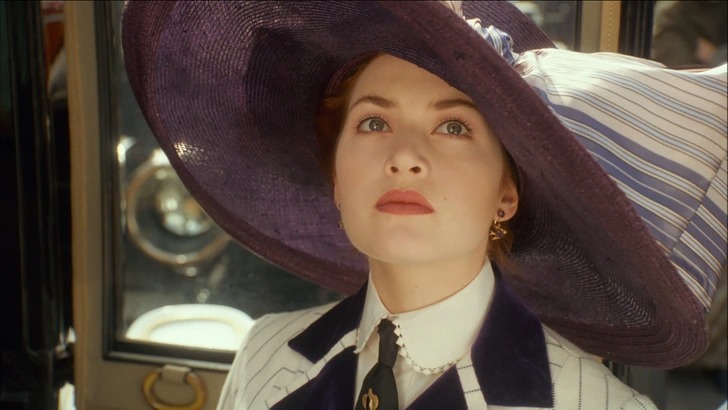
At the turn of the twentieth century, fashion dictated that women wear large, extravagant hats often secured with long, sharp hatpins. These pins could be as long as 30 cm and were not only functional but also served as a form of self-defense.
In an era when women’s rights were limited, these hatpins became a symbol of female empowerment, with women using them to ward off unwanted advances.
However, their sharp tips posed a risk to others in crowded spaces, leading to public safety concerns and laws limiting the length of hatpins.
10. Corsets
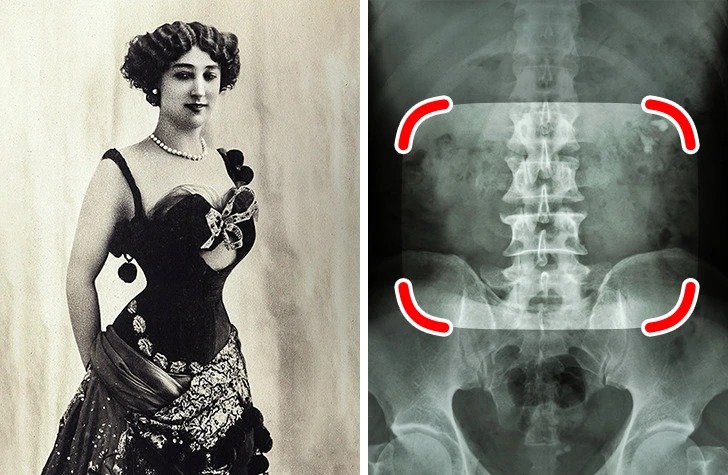
Corsets were the cornerstone of women’s fashion from the 16th to the early 20th centuries, designed to cinch the waist and create an hourglass figure.
However, the tight lacing required to achieve the desired shape led to severe health issues, including deformed ribcages, compressed organs, and restricted breathing. Some women even fainted from lack of oxygen.
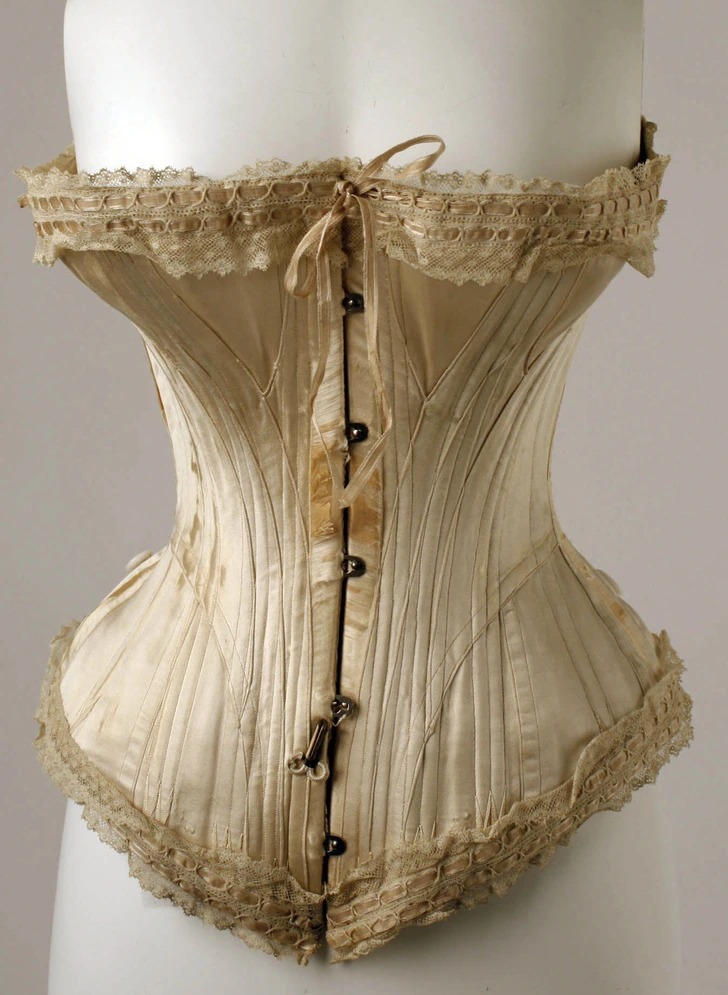
The discomfort and health risks associated with corsets eventually led to their decline in popularity, thanks in part to Herminie Cadolle’s invention of the bra in the late 19th century.
This more comfortable undergarment offered support without the need for tight lacing, revolutionizing women’s fashion and liberating them from the confines of the corset.

